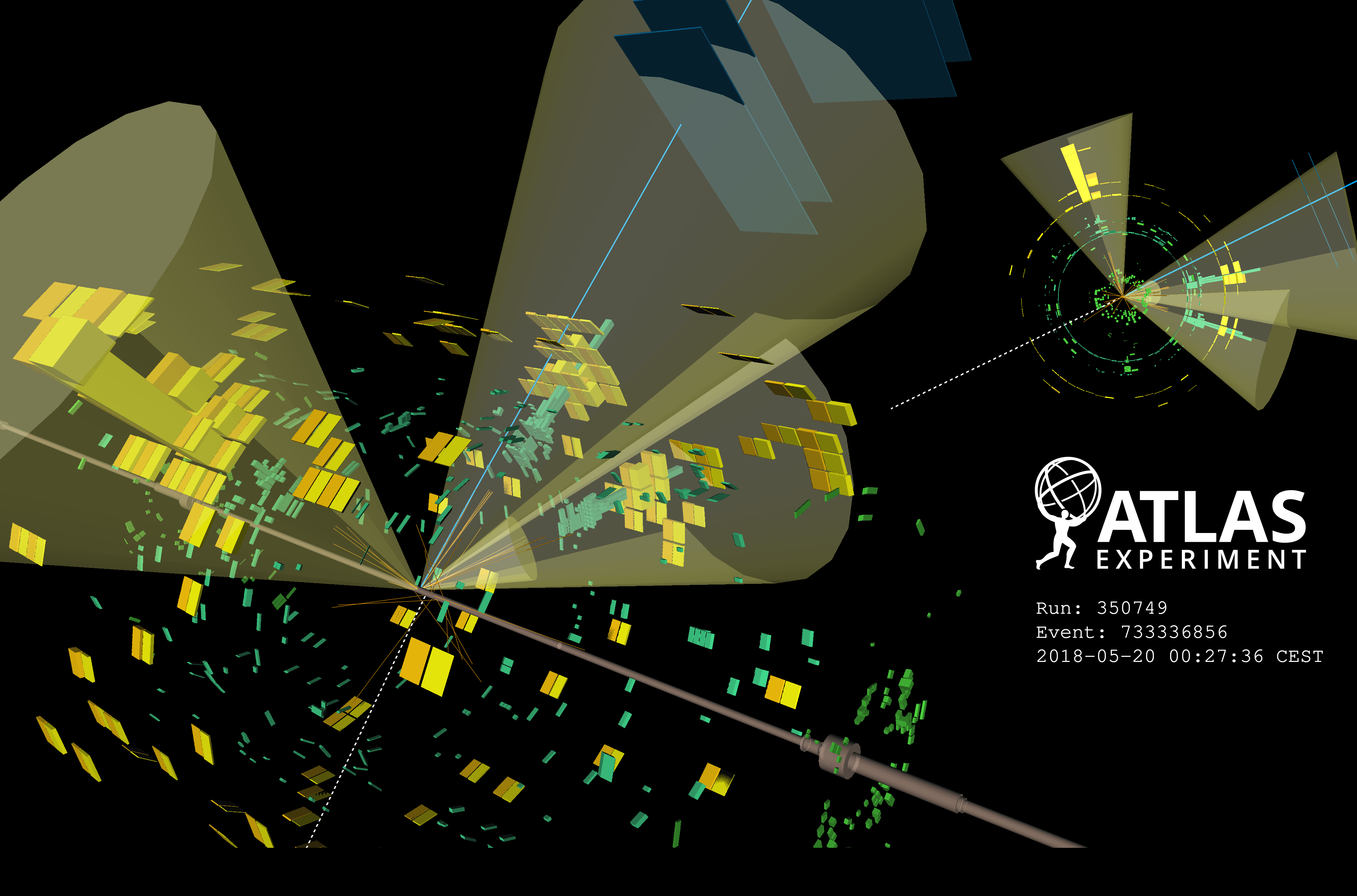Squeezing sleptons at the LHC
15 December 2017 | By

Supersymmetry (SUSY) is an extension of the Standard Model that predicts the existence of “superpartners” with slightly different properties compared to their Standard Model counterparts. Physicists have been searching for signs of SUSY for over forty years, so far without success, which makes us think that SUSY particles — should they exist — are also heavier than particles in the Standard Model. However, in order for SUSY to help mitigate some problems with the Higgs boson sector of the Standard Model, SUSY particles should not be too heavy. And if some SUSY particles are relatively light, then they should be produced copiously at CERN’s Large Hadron Collider (LHC). So for SUSY to remain an attractive theory of nature, it must be hiding in plain sight in LHC data.
One way to hide SUSY is to give the lightest SUSY particles very similar masses, sometimes called a “compressed” or “squeezed” mass spectrum, which leads to nearly invisible signatures in detectors like ATLAS. A particularly challenging case is where the sleptons (superpartners of the electron and muon) decay directly to the lightest SUSY partner (the LSP) that has a mass very close to the slepton mass. Sleptons are produced in pairs, so the resulting events contain two very low-momentum electrons or muons and missing energy from the LSP’s. The strongest constraints on these SUSY scenarios were established in 2004 using data from the CERN Large Electron Positron (LEP) collider, which say that the masses of such compressed sleptons must be above approximately 90 GeV, around the mass of the Z boson.
If some SUSY particles are relatively light, then they should be produced copiously at CERN’s Large Hadron Collider (LHC). So, for SUSY to remain an attractive theory of nature, it must be hiding in plain sight in LHC data.

The challenge in searching for compressed sleptons is that the events are difficult to distinguish from Standard Model processes. Fortunately, there are features of SUSY events that help them to stand out. One of those features is captured by the “stransverse mass”, labeled mT2. The stransverse mass combines the electrons or muons with the “missing” momentum from the LSP’s in an attempt to reconstruct the hypothetical SUSY particles, in a way that is especially sensitive to compressed spectra.
In December 2017, ATLAS presented the latest results of their compressed slepton searches at the SUSY17 conference. The search uses features like mT2, illustrated in Figure 1, to test for the presence of a SUSY signal. The data were collected by ATLAS in 2015 and 2016, and are generally consistent with the Standard Model predictions, with no significant excess at small values of mT2 where SUSY would tend to fall. The results are therefore used to set limits on slepton masses. Figure 2 shows the new limits, which show the LHC surpassing LEP constraints for the first time. Data collected in 2017, not yet used for these results, will allow ATLAS to push further in searches for compressed sleptons at the LHC.
Links:
- Search for electroweak production of supersymmetric states in scenarios with compressed mass spectra at 13 TeV with the ATLAS detector (arXiv: 1712.08119, see figures)
- See also the full lists of ATLAS Conference Notes and ATLAS Physics Papers.



